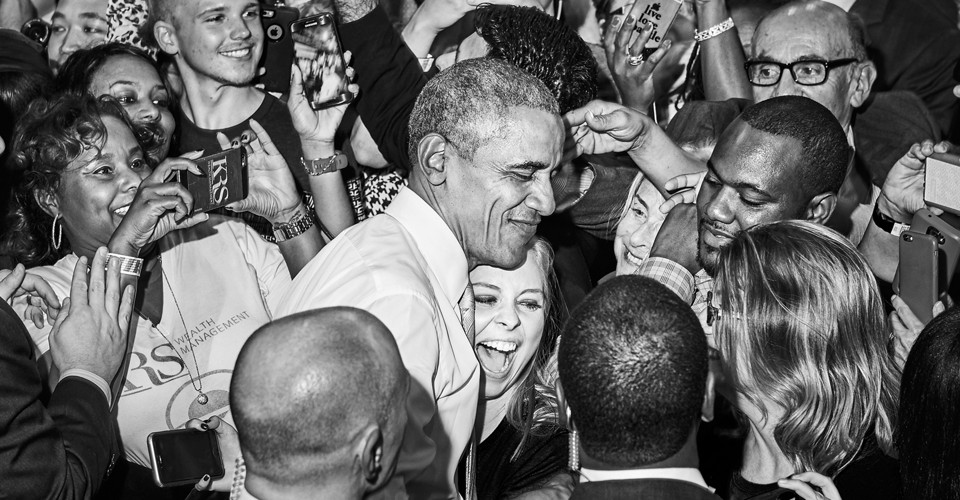The Intercept Brasil Welcomes Ana Maria Gonçalves As A Columnist On Race, Politics, And CulturePosted in Anthropology, Articles, Brazil, Caribbean/Latin America, History, Media Archive, Politics/Public Policy, Slavery on 2016-12-15 20:01Z by Steven |
The Intercept Brasil Welcomes Ana Maria Gonçalves As A Columnist On Race, Politics, And Culture
The Intercept
2016-12-02
Glenn Greenwald, Co-founding Editor
THE CREATION OF The Intercept, and then the Intercept Brasil, was motivated by a core purpose: to provide crucial journalism and commentary that, for whatever reasons, is not being adequately provided to the public. We are especially thrilled to announce the arrival of Ana Maria Gonçalves as our new columnist because her work so powerfully advances that objective.
By virtue of “Um Defeito de Cor” (A Color Defect), her 952-page 2006 novel about the life of an African woman enslaved and brought to Brazil who buys her freedom and sets out in search of her lost son, Gonçalves has become an important voice in global debates on race and culture. The book, which spans eight decades, powerfully connects modern Brazil with its long history of slavery, and — like the main character herself — confronts some of the most difficult, entrenched, and complex interactions between politics, race, culture, and power. The book is now being made into a Roots-like miniseries, to be broadcast next year…
…The role of race in Brazil is fascinating and relevant both in the ways it is unique to Brazil and the ways it is universal. Brazil was the last country in the Western world to abolish slavery (1888), and — just as in the U.S. — that historic sin continues to shape institutions and identities in ways society would rather not acknowledge…
Read the entire article here.



